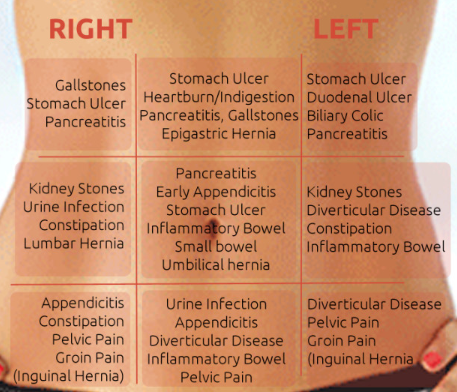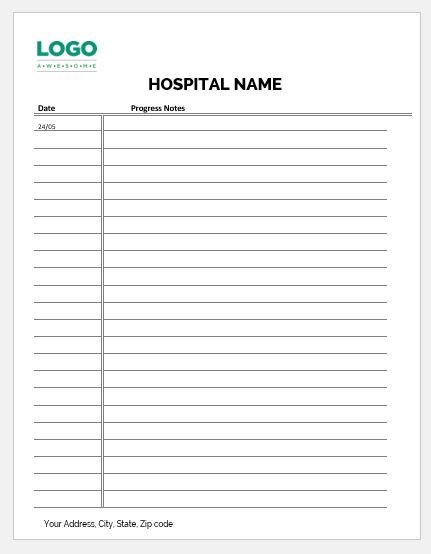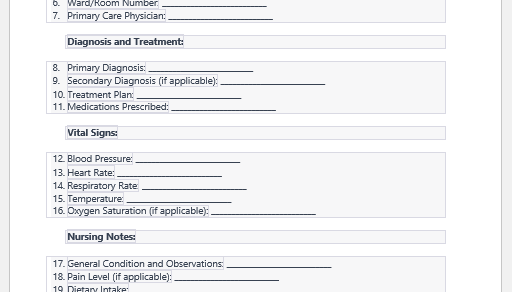Abdominal pain or in simple words, stomach pain is the most common complaint of patients entering the ER of any hospital. Stomach pain or abdominal pain is for the same reason always given extreme importance by the doctors and the rest of the hospital staff directly involved in patient care.
Common causes of the stomach or abdominal pain
The common causes of abdominal pain range from simple muscular pain to an extreme underlying medical condition including inflammatory bowel disease. Let’s list down all of the causes so that we can make a mental list of the reasons and approach the patient with the same list in our minds.
- muscular pain
- gastric or duodenal ulcer
- gastritis
- cholecystitis
- cholelithiasis
- gastric reflux
- hepatitis
- typhoid
- intestinal obstruction
- constipation or diarrhea
- Irritable bowel syndrome
- inflammatory bowel disease
- kidney stones
- urinary tract infections
- appendicitis
- enlarged spleen
- injury
- cancer
If the patient is female, we need to suspect the gynecological causes of abdominal pain. These causes include:
- dysmenorrhea
- ectopic pregnancy
- ovarian cyst
- fibroids
- miscarriage
- endometriosis
- pelvic inflammatory disease
- labor pains in case of pregnancy
Quadrants of the abdomen and diagnosis
The abdomen has been divided into a couple of quadrants to locate the underlying organ or cause of the pain. There are 9 quadrants for the abdominal surface which is formed by imaginary lines. The two vertical lines are drawn from the midclavicular point downwards.
One of the horizontal lines is drawn below the subcostal margins and the lower one is drawn at the pelvic tubercles. These lines divide the abdomen into 9 regions. These are
- Left hypochondrium
- Right hypochondrium
- Epigastrium
- Umbilical region
- Left Iliac region
- Right Iliac region
- Hypogastrium
- Left lumbar region
- Right lumbar region
Stomach pain chart
The stomach pain chart is basically the same division of the quadrants and regions. We divide the regions of the abdomen into 9 divisions. With the help of this chart, we can assess the possible organ involved in causing this pain.
For example, if a patient is complaining of pain in the epigastrium, we must immediately think about the inflammation, ulcers, or any other problem in the stomach, lower part of the esophagus, gall stones, pancreas, and somewhat liver.
Similarly, if a patient has pain in the right iliac region, we can suspect the inflammation of the appendix which is an emergency condition and needs immediate attention. If the patient is female, our suspicion must not just remain to appendicitis or urinary tract infections.
The stomach pain chart can help us pinpoint the region or the cause of this pain.
We all know that our nerves on the skin carry referred pains from the organs far from the actual site of the pain. For example, the irritation of the diaphragm by pancreatitis or fluid in the peritoneal cavity of the abdomen can cause pain in the shoulder or back. It is because the diaphragm is supplied by the nerves which are also supplying the skin over the shoulder and back.



